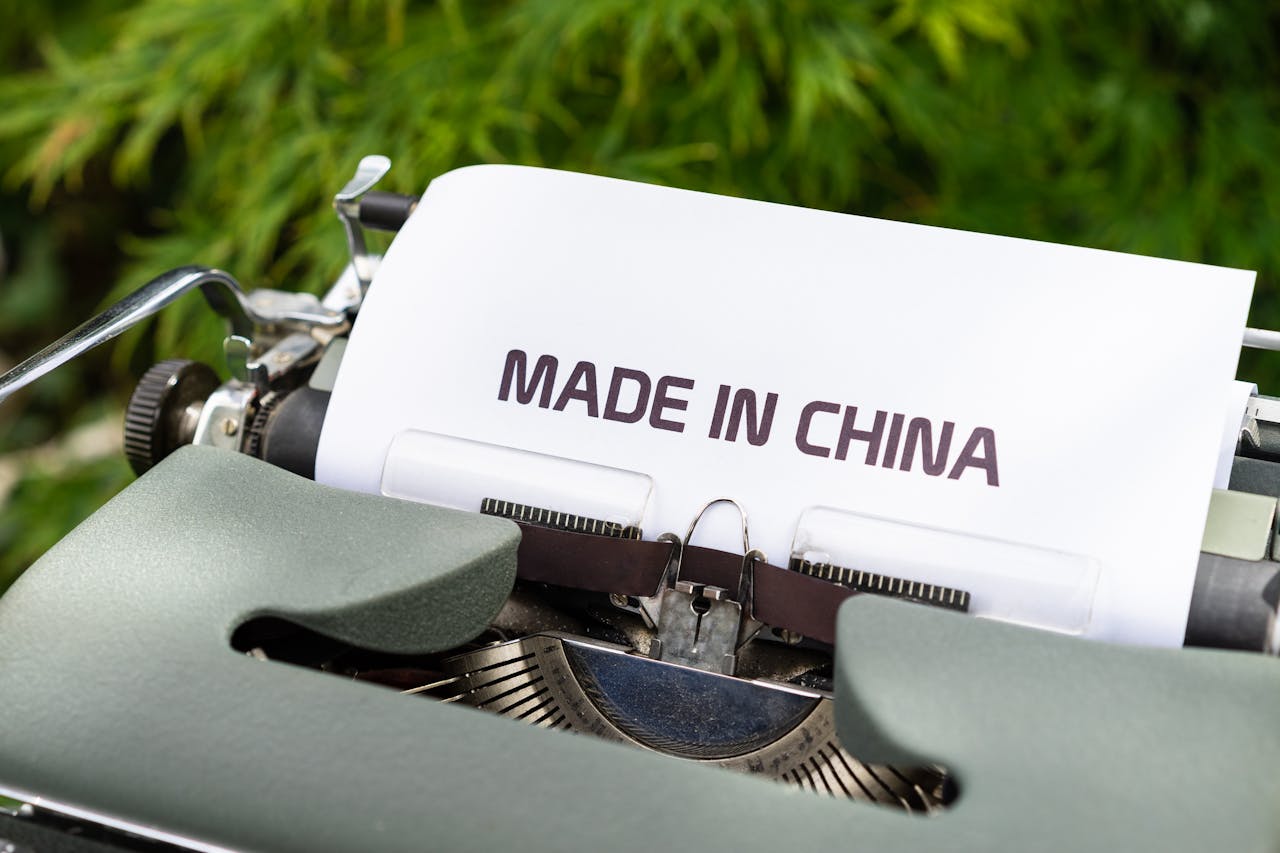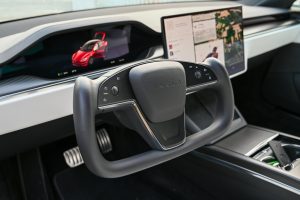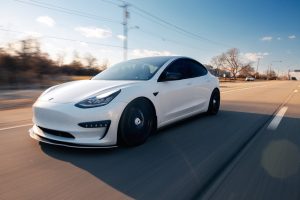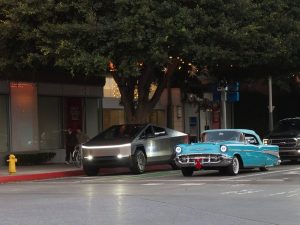“Overcapacity” has once again become a hot topic in China’s electric vehicle (EV) industry as 2025 unfolds. From China’s Ministry of Industry and Information Technology to automakers, investors, and media platforms—everyone has a different take. Some call it a structural issue, others warn of emerging risks, while some insist it’s a necessary step for global competitiveness.
Let’s break this down and take a look at whether China’s EV capacity is truly “too much” or just misunderstood.
1. Looking at the Data: Yes, Capacity Is Growing Fast—but So Is Demand
According to data released by the China Association of Automobile Manufacturers (CAAM) in April 2025, China’s total EV production capacity reached 14 million units per year, up 28% year-over-year. Meanwhile, EV sales for all of 2024 were about 9.5 million, suggesting a gap of nearly 5 million units.
Seems like clear overcapacity, right? Not quite.
- Top brands are still running hot: Automakers like BYD, Li Auto, Aion, and NETA are operating at over 90% utilization.
- Consumer demand remains strong: EV retail sales in Q1 2025 grew by 23.1% year-over-year, especially in tier-1 and emerging tier-1 cities.
- Huge potential in fuel vehicle replacement: As of 2025, traditional fuel vehicles still make up over 72% of China’s total car fleet. The real replacement wave hasn’t even started yet.
So yes, capacity is rising fast—but a large part of it is forward-looking, not “wasted”.
2. Structural Overcapacity Is the Real Problem
Even if we debate overall overcapacity, one thing most analysts agree on is structural imbalance.
- Redundant low-end factories: Local governments in smaller cities rushed into EV projects without core technologies or brands, leading to factories that can only build low-tier EVs with little market demand.
- Uneven utilization across EV startups: Some newer players like XPeng and Leapmotor are operating at less than 50% capacity, while Huawei-backed brands and BYD are running full throttle.
- Export limits: While EV exports grew 70% in 2024, they’re still concentrated in Southeast Asia and Latin America. Europe, in contrast, has tightened policies due to anti-subsidy investigations, which blocked capacity release from some export-focused companies.
In short, it’s not that EVs aren’t selling—it’s that too many are being built in the wrong places, by the wrong brands.
3. Policy and Capital Are Pulling Back on Blind Expansion
From 2023 to 2024, China’s EV sector went into what looked like an arms race. Nearly every brand was aiming to produce at least a million cars per year. But 2025 has brought a sharp shift in tone.
- Regulators are tightening: Both the National Development and Reform Commission (NDRC) and MIIT have issued guidelines limiting low-quality capacity expansions.
- Local governments are slowing support: Land, financing, and subsidies are no longer as easy to get for new EV projects.
- Capital markets have changed: Investors are focusing more on profitability than hype, and they’re no longer buying into endless cash-burning expansions.
This controlled “reverse expansion” might actually be a blessing in disguise, laying the groundwork for healthier long-term growth.
4. Global Competition Is the Real Battleground—Not an Excuse
It’s time to reframe the discussion. China’s EV rivals aren’t just local brands—they’re Tesla, Volkswagen, Toyota, Hyundai, and others.
In 2024, China exported over 1.2 million EVs, 90% of which were pure electric. BYD now sells in Germany, France, Thailand, and Mexico. Zeekr and XPeng are also expanding into Europe.
That means:
- China must pre-build capacity for the next wave of global demand.
- Some “idle” production lines are actually strategic reserves for upcoming export shifts.
- If China breaks through in smart driving or battery innovation, demand could surge rapidly.
So what looks like overcapacity today might become essential backup for global leadership tomorrow.
5. Overcapacity ≠ Crisis—It’s a Pre-Shuffle Phase
All rapidly growing industries go through cycles of overbuild, oversupply, and reshuffling. EV manufacturing is no exception.
Here’s what to expect:
- By 2026, 20% or more of EV startups may naturally exit the market.
- Homogeneous low-end products will fade, with little to no margin left.
- High-end, intelligent, platform-based vehicles will be concentrated in top brands.
In short: this is survival of the fittest, and only the best players will remain standing.
Final Thoughts: Don’t Panic—See the Bigger Picture
China’s EV industry in 2025 is indeed at a production turning point. But that doesn’t mean it’s headed for a crash. Rather, it’s evolving from high-speed growth to high-quality development.
Instead of asking whether there’s overcapacity, ask:
- Can that capacity be exported?
- Can the products compete on tech and intelligence?
- Can the brands make real profits?
The winners of tomorrow are quietly emerging in the answers to those questions.



